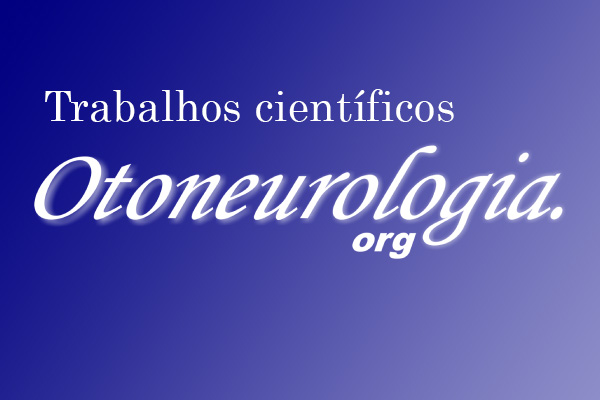AUTORES:
Marta Alvarez de Linera-Alperi
Octavio Garaycochea
Diego Calavia
David Terrasa
Nicolas Pérez-Fernández
Raquel Manrique-Huarte
ABSTRACT
Benign paroxysmal positional vertigo (BPPV) is one of the most common disorders that causes dizziness. The incidence of horizontal semicircular canal (HSC) BPPV ranges from 5% to 40.5% of the total number of BPPV cases diagnosed. Several studies have focused on establishing methods to treat BPPV caused by the apogeotropic variant of the HSC, namely, the Appiani maneuver (App). In 2016, a new maneuver was proposed: the Zuma e Maia maneuver (ZeM), based on inertia and gravity. The aim of this study is to analyze the efficacy of App versus ZeM in the resolution of episodes of BPPV produced by an affectation of the horizontal semicircular canal with apogeotropic nystagmus (Apo-HSC). A retrospective, quasi-experimental study was conducted. Patients attended in office (November 2014–February 2019) at a third-level hospital and underwent a vestibular otoneurology assessment. Those who were diagnosed with Apo-HSC, treated with App or ZeM, were included. To consider the efficacy of the maneuvers, the presence of symptoms and/or nystagmus at the first follow up was studied. Patients classified as “A” were those with no symptoms, no nystagmus; “A/N+”: no symptoms, nystagmus present during supine roll test; “S”: symptoms present. Previous history of BPPV and/or otic pathology and calcium levels were also compiled. From the 54 patients included, 74% were women. The average age was 69. Mean follow-up: 52.51 days. In those patients without previous history of BPPV (n = 35), the probability of being group “A” was 63% and 56% (p = 0.687) when treated with App and ZeM, respectively, while being “A/N+” was 79% and 87% for App and ZeM (p = 0.508). Of the 19 patients who had previous history of BPPV, 13% and 64% were group “A” when treated with App and ZeM (p = 0.043), and 25% and 82% were “A/N+” after App and ZeM, respectively (p = 0.021). In conclusion, for HSC cupulolithiasis, ZeM is more effective than App in those cases in which there is a history of previous episodes of BPPV (“A”: 64% (p = 0.043); “A/N+”: 82% (p = 0.021)).
Veja o texto completo em: https://www.mdpi.com/2039-4349/12/3/35




